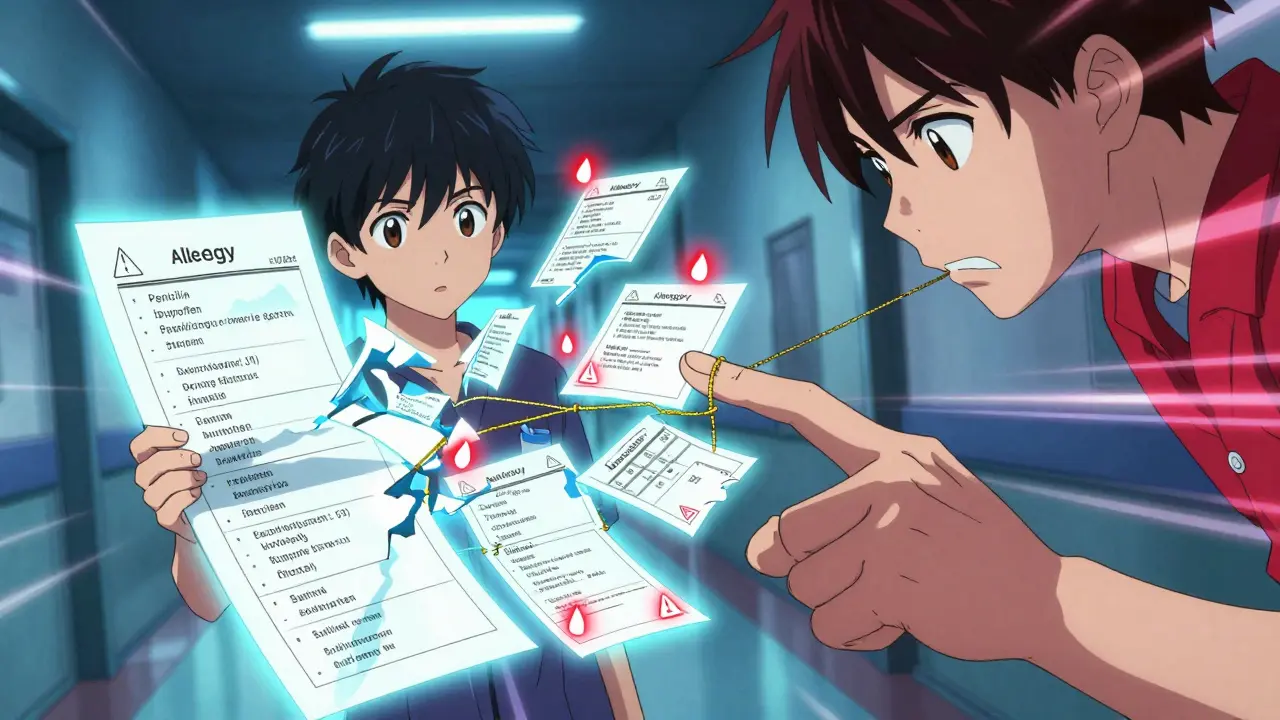Online pharmacies: how to find safe, affordable medicines online
Shopping for meds online can save time and money — but it also comes with risks. You want a site that follows the rules, protects your data, and delivers the right product. Below are clear, practical tips to spot legit online pharmacies and avoid scams.
Quick safety checklist
Start with the basics: check for HTTPS in the address bar and a clear privacy policy. Legit pharmacies show contact details (phone, physical address) and require a prescription for prescription drugs. Look for third-party seals and verifications — for example, NABP/VIPPS in the US, CIPA for Canadian pharmacies, or LegitScript status. If a site refuses to verify its credentials, move on.
Watch the red flags: no prescription needed for prescription drugs, unbelievably low prices, unclear return or shipping policies, or only chat support with no real pharmacist available. Scammers often copy the look of real sites but hide poor practices in the fine print. Read the terms and check who will ship your order and from which country — customs rules can affect delivery and legality.
How to compare price, shipping and reliability
Price is important, but not the only factor. Compare unit price, shipping cost, and expected delivery time. Some legitimate international pharmacies offer lower prices on generics, but factor in shipping delays and possible customs fees. If a pharmacy offers huge discounts on brand-name, controlled, or high-cost drugs, that’s suspicious.
Check reviews from multiple sources. Look for recent user experiences about packaging, delivery time, and whether the meds matched the prescription. Our site publishes reviews of specific stores and products — reading reviews helps you spot consistent problems like delayed shipping or wrong items.
If you’re dealing with a new site, call the listed phone number and ask to speak to a pharmacist. A real pharmacy will answer basic questions about dosing, interactions, and storage. If support gives vague answers or avoids questions, treat that as a warning sign.
Payment and privacy matter. Use a credit card or a trusted payment provider that offers fraud protection. Avoid wire transfers or obscure cryptocurrency-only payments. Make sure the pharmacy asks only for necessary medical information and stores it securely. A clear refund and return policy shows responsibility.
Finally, keep your prescriber in the loop. Your doctor or local pharmacist can confirm whether a product or dose makes sense. If customs or local law blocks an order, don’t try workarounds — that can create legal and safety problems.
Use the checklist above before buying. When in doubt, favor verified pharmacies and readable reviews. A careful choice now can save money and prevent health risks later.
Rexall Pharmacy Alternatives in 2025: 10 Stores and Sites Worth Checking Out
Looking for a new place to get your medications in 2025? This article breaks down the top alternatives to Rexall Pharmacy, explaining their biggest benefits and drawbacks. Whether you care about price, speed, service, or convenience, you'll find something that fits your needs. Check out honest pros and cons for each pharmacy so you can make a smart switch. You may even discover a couple of new options you haven’t heard of yet.






